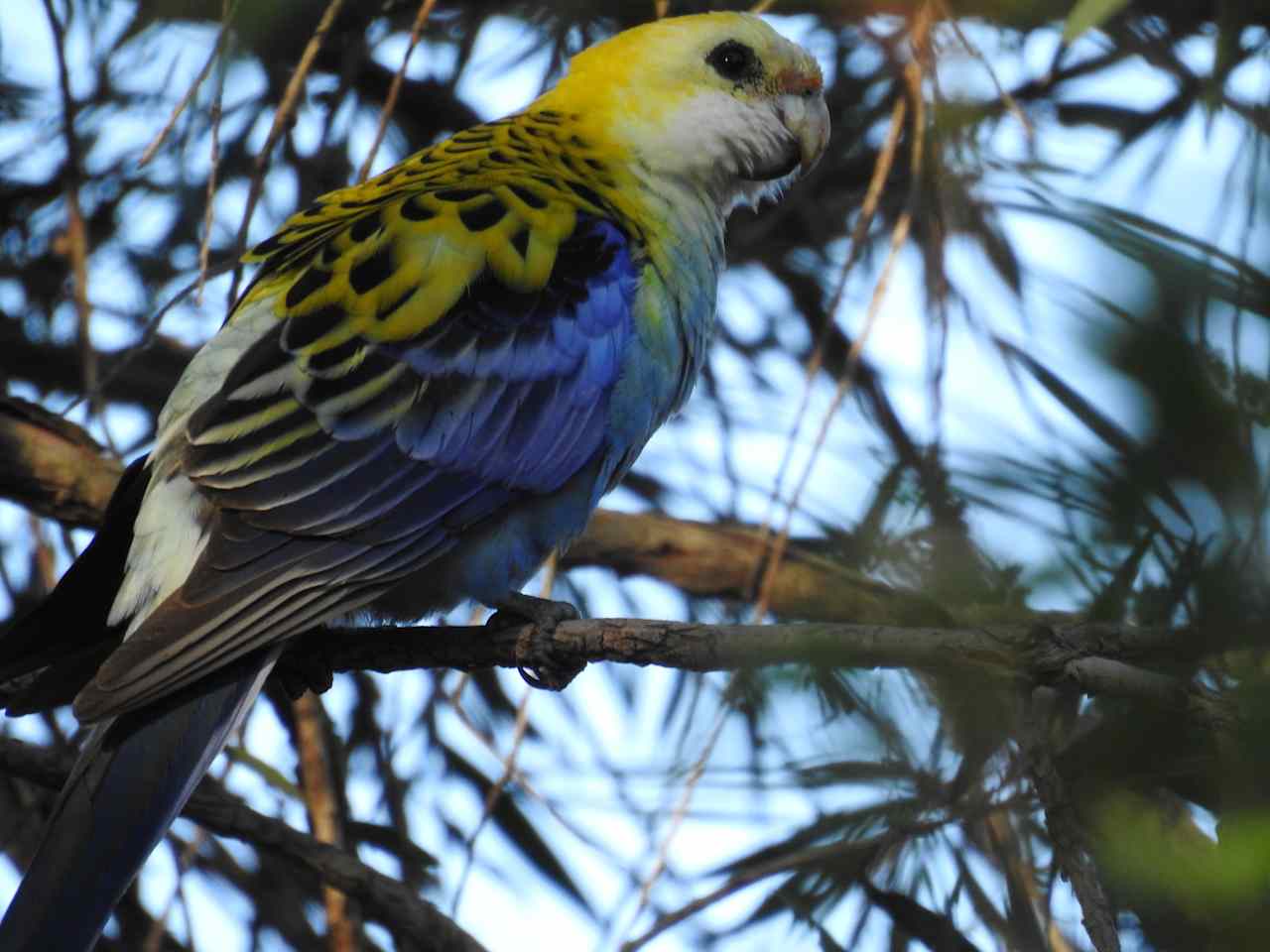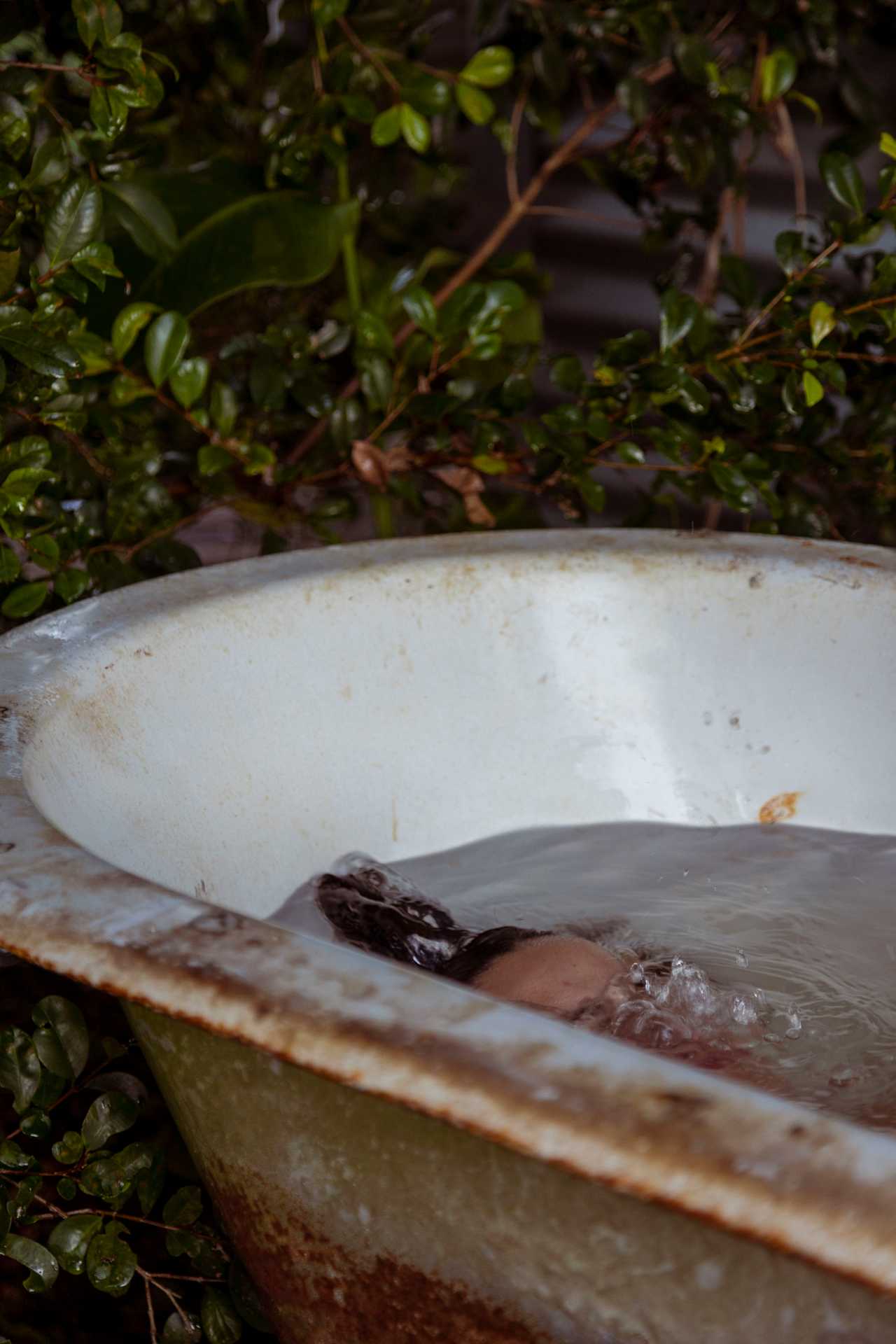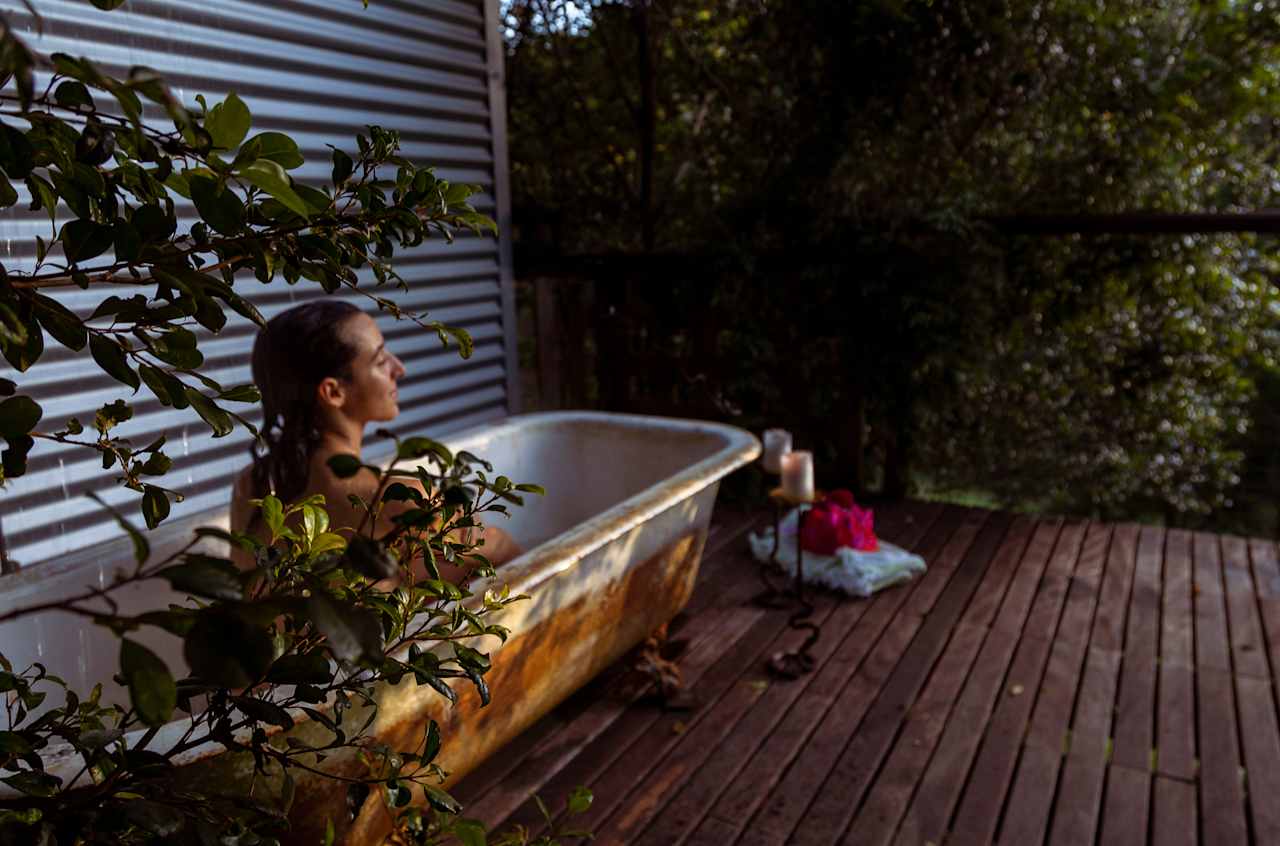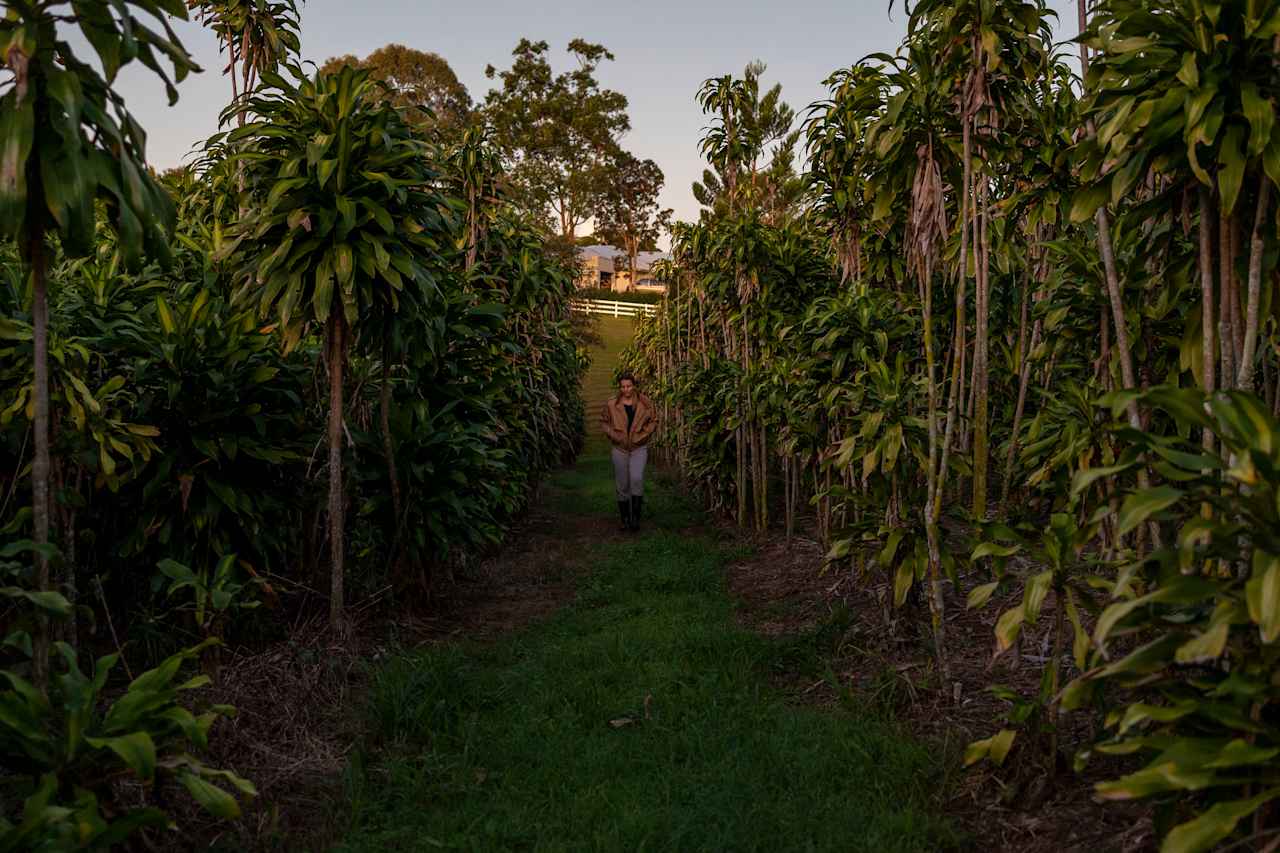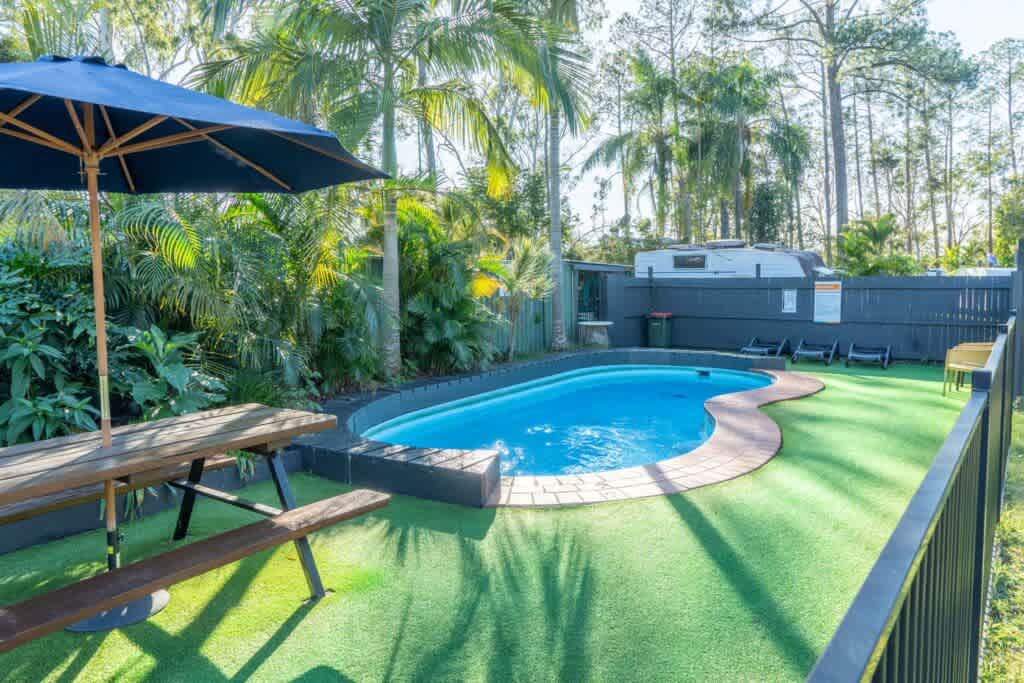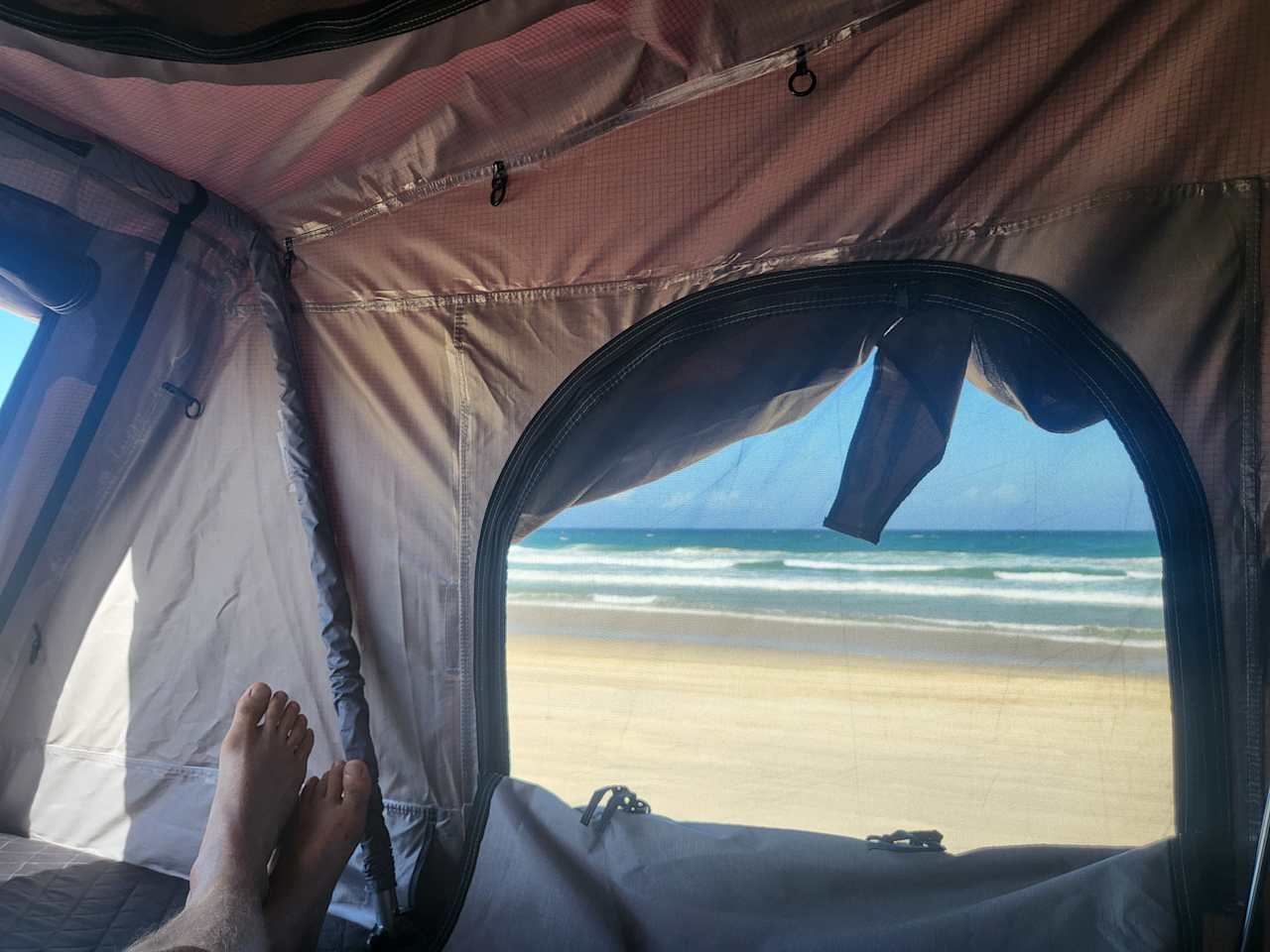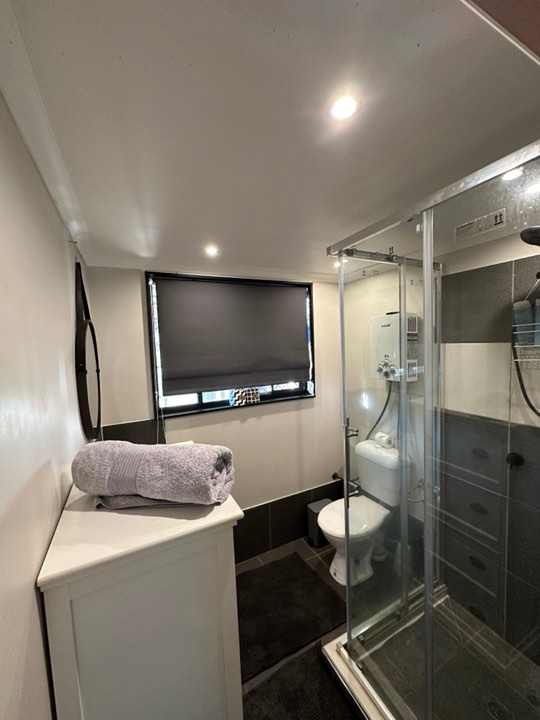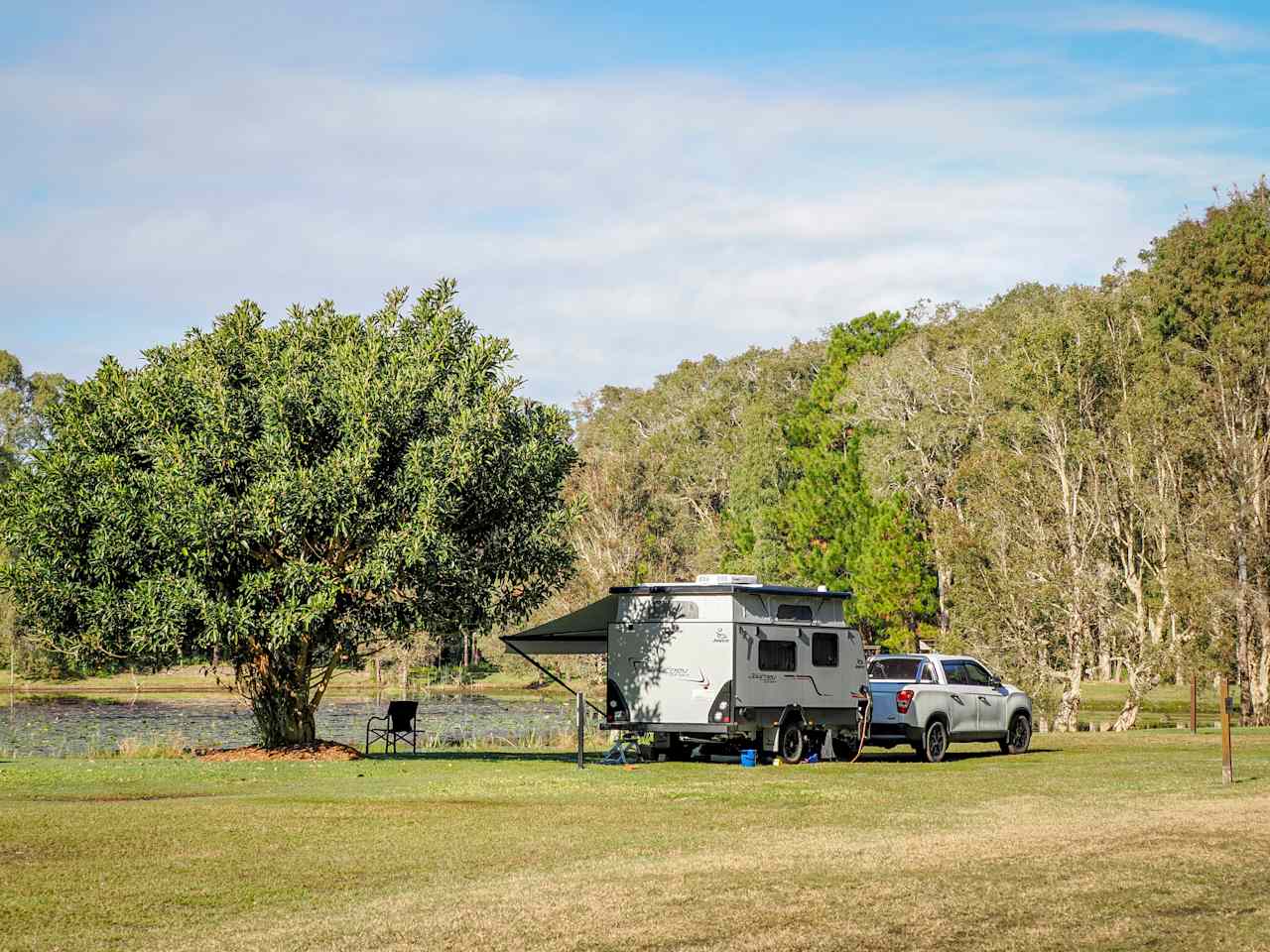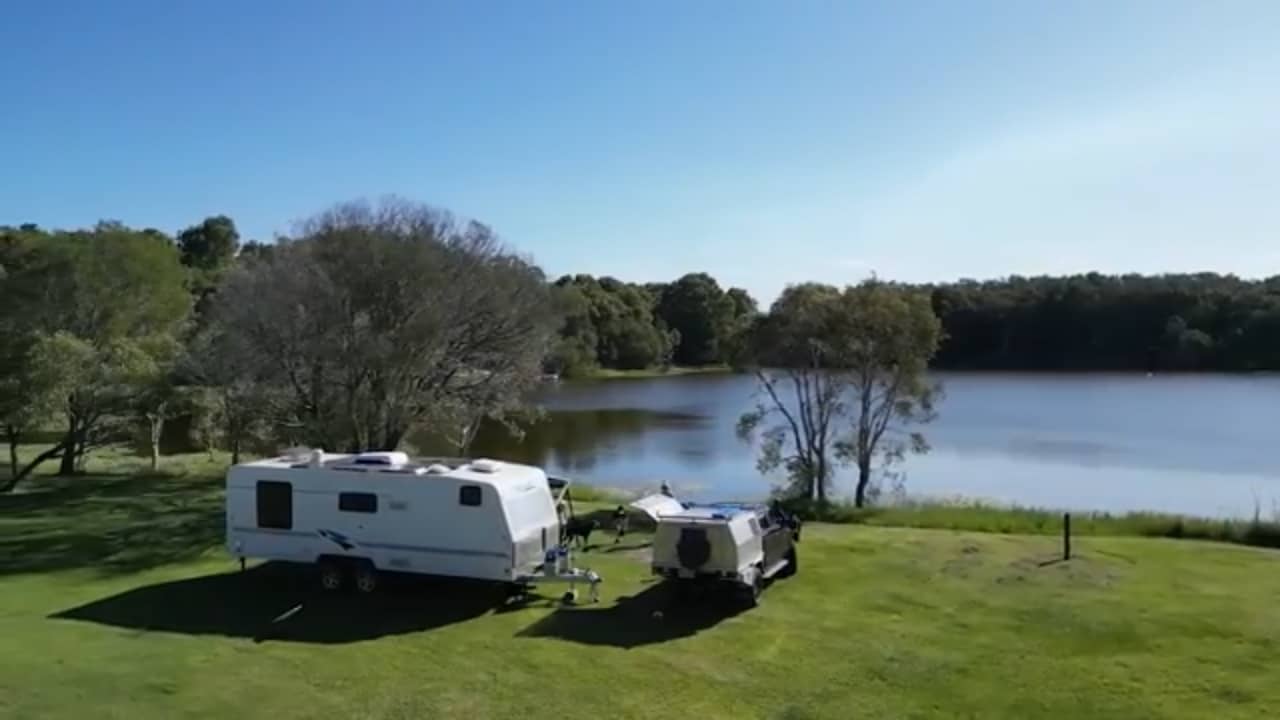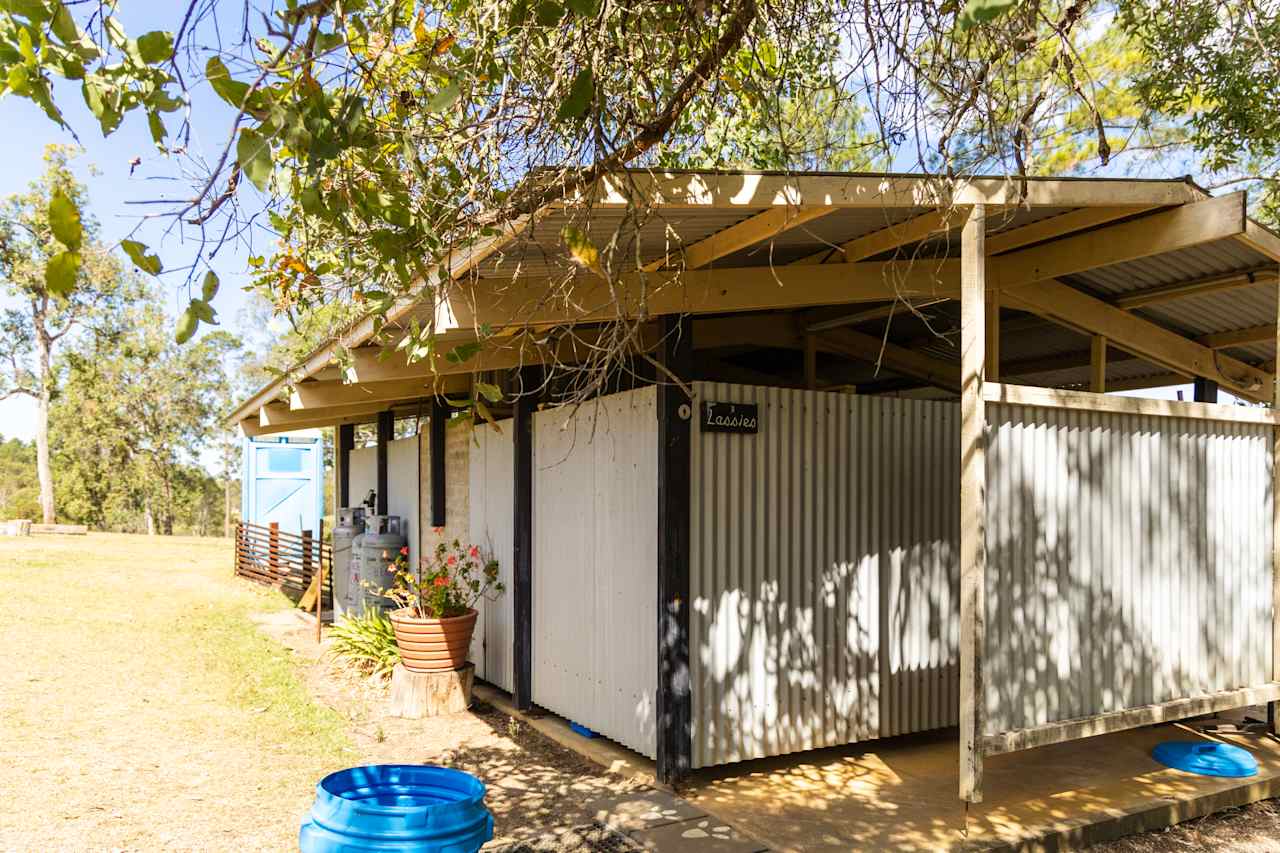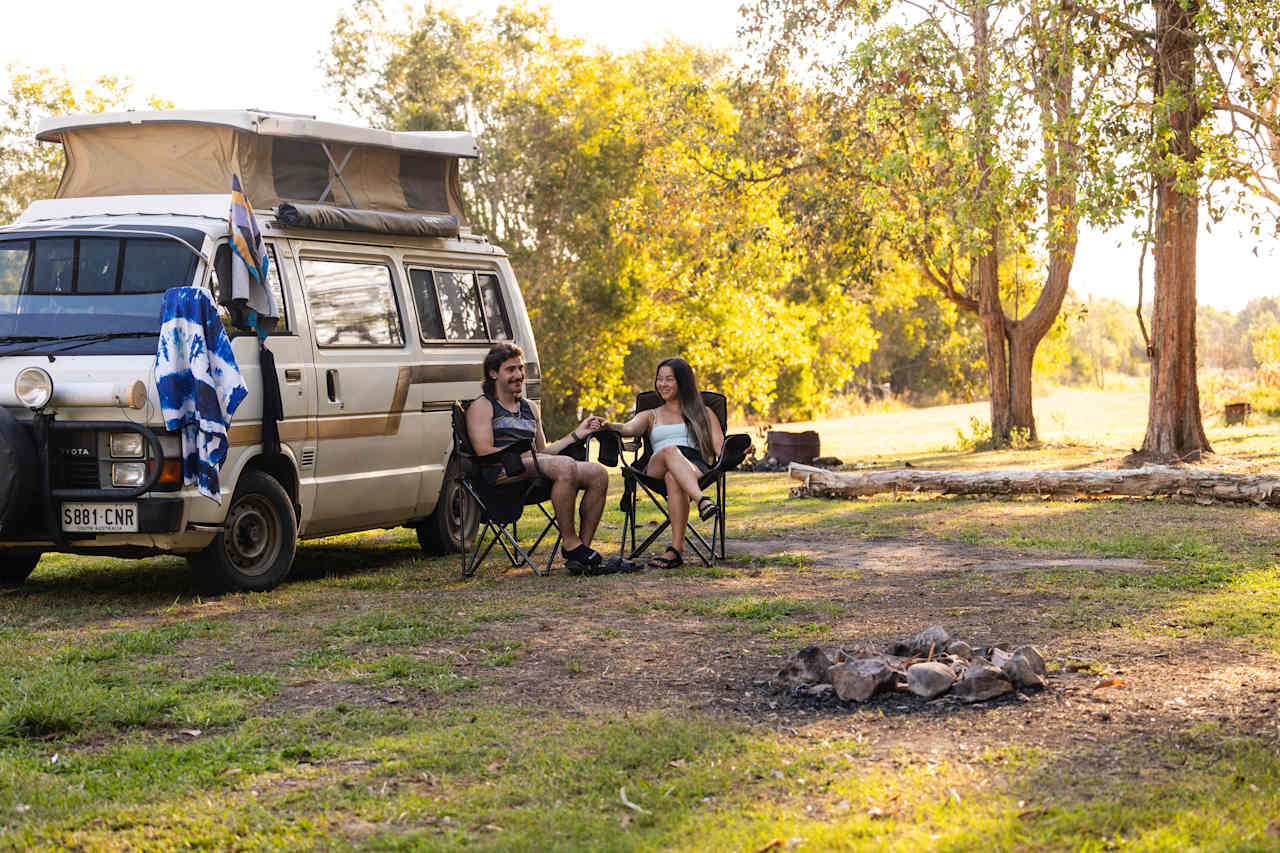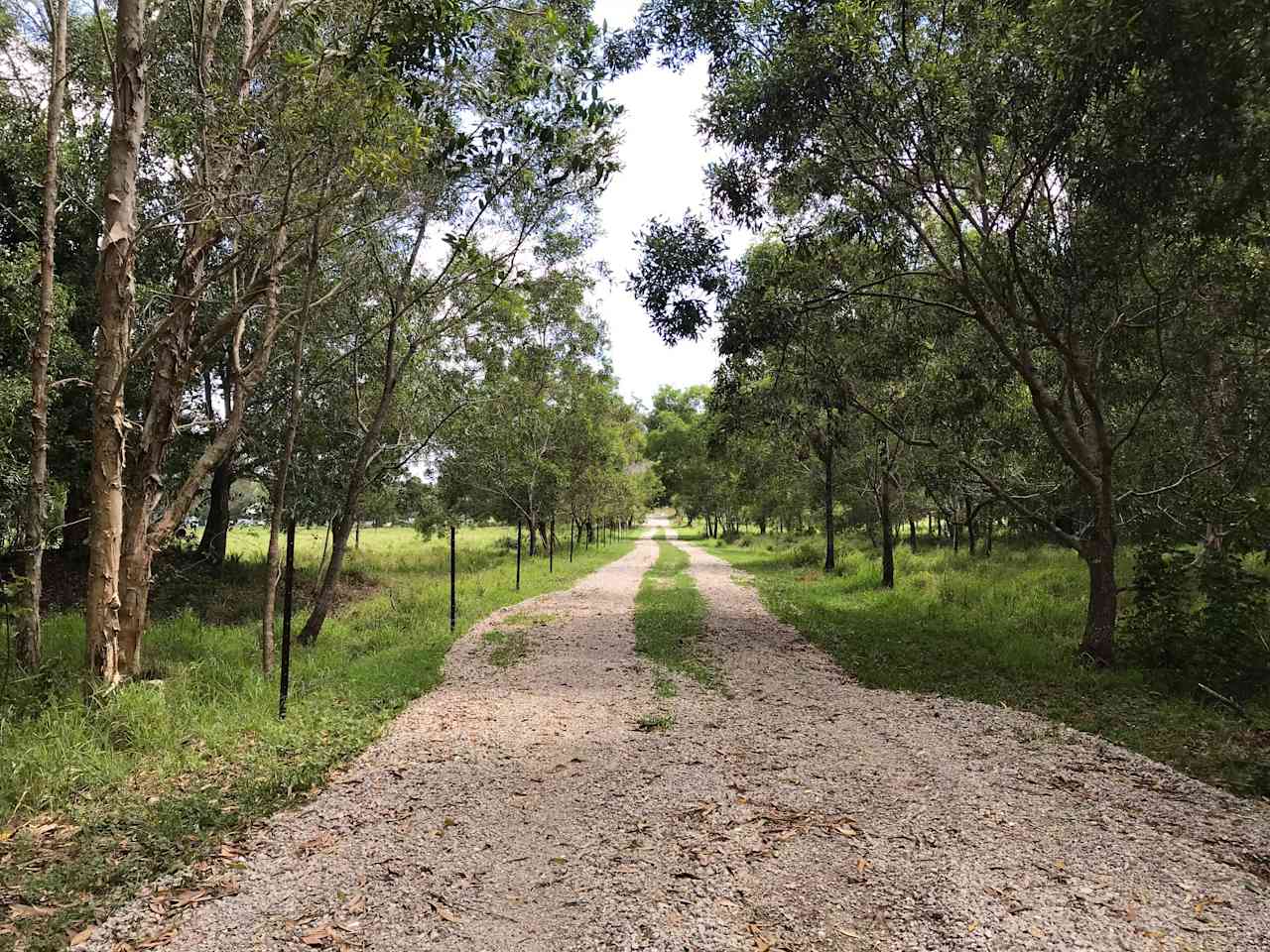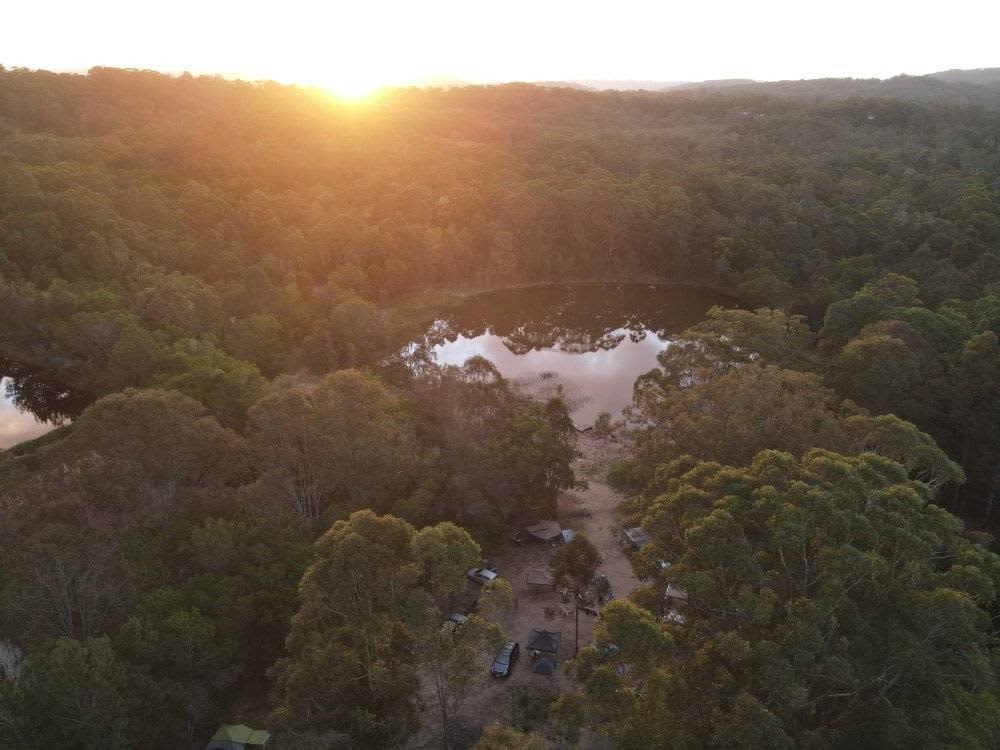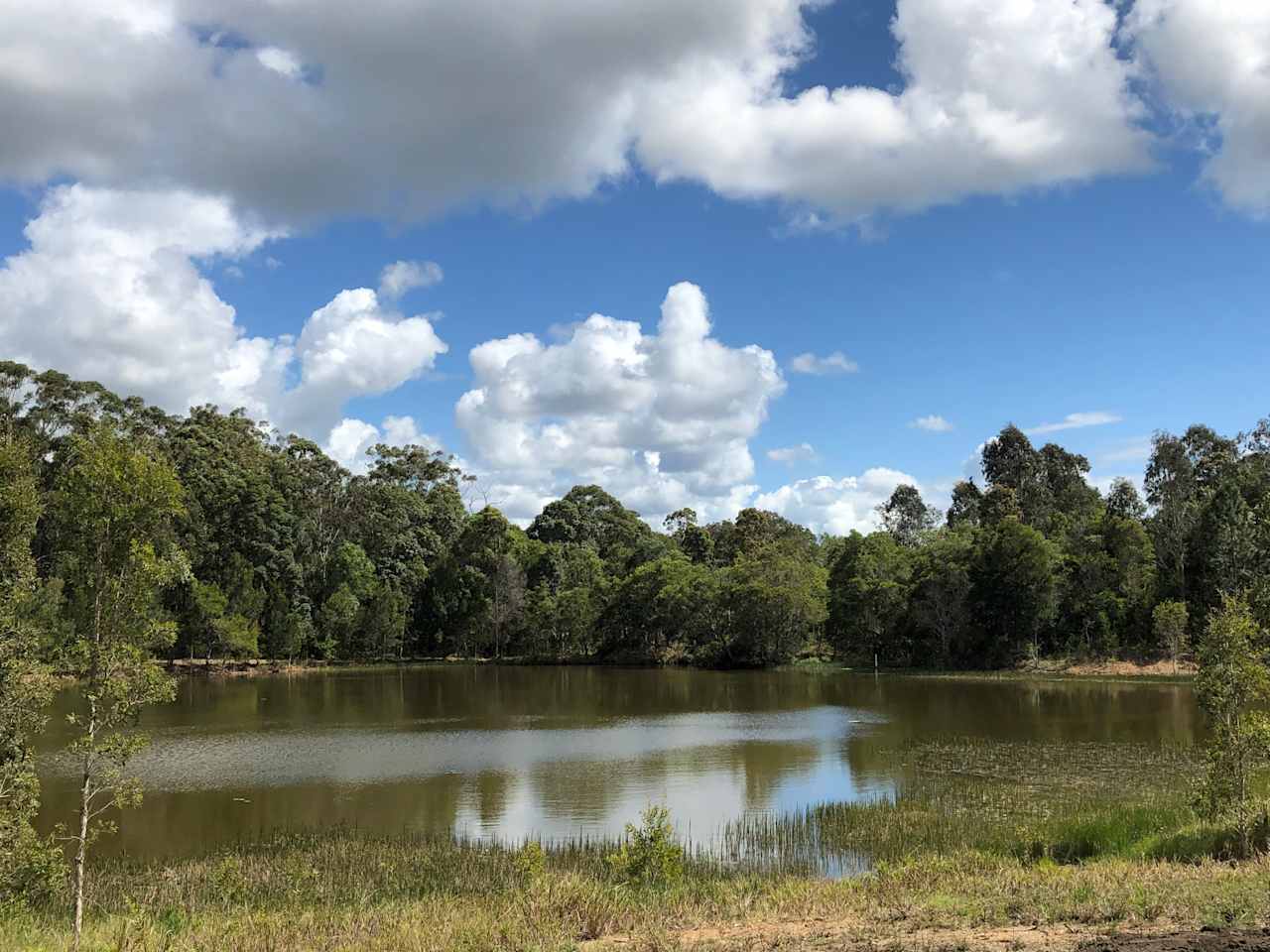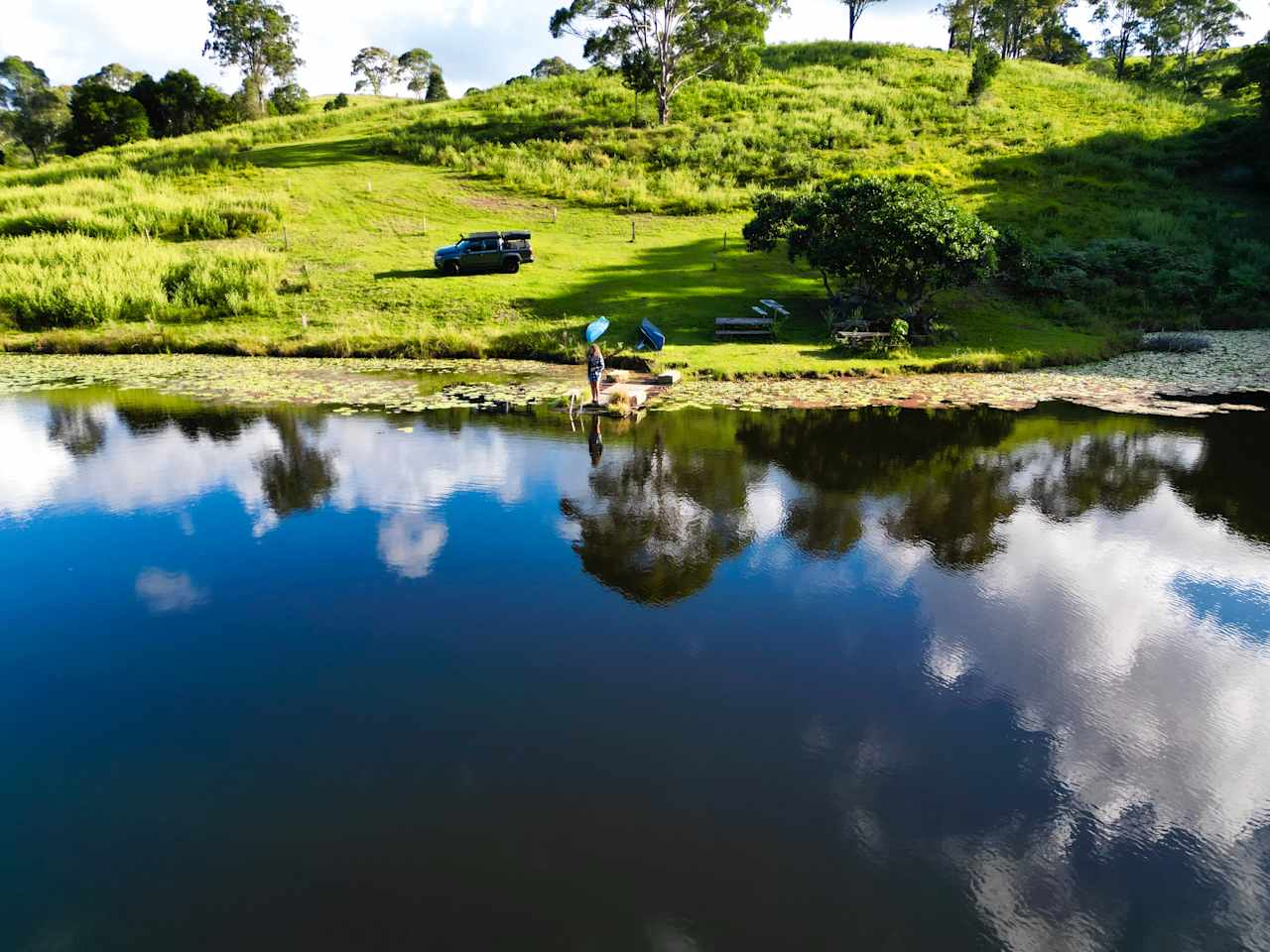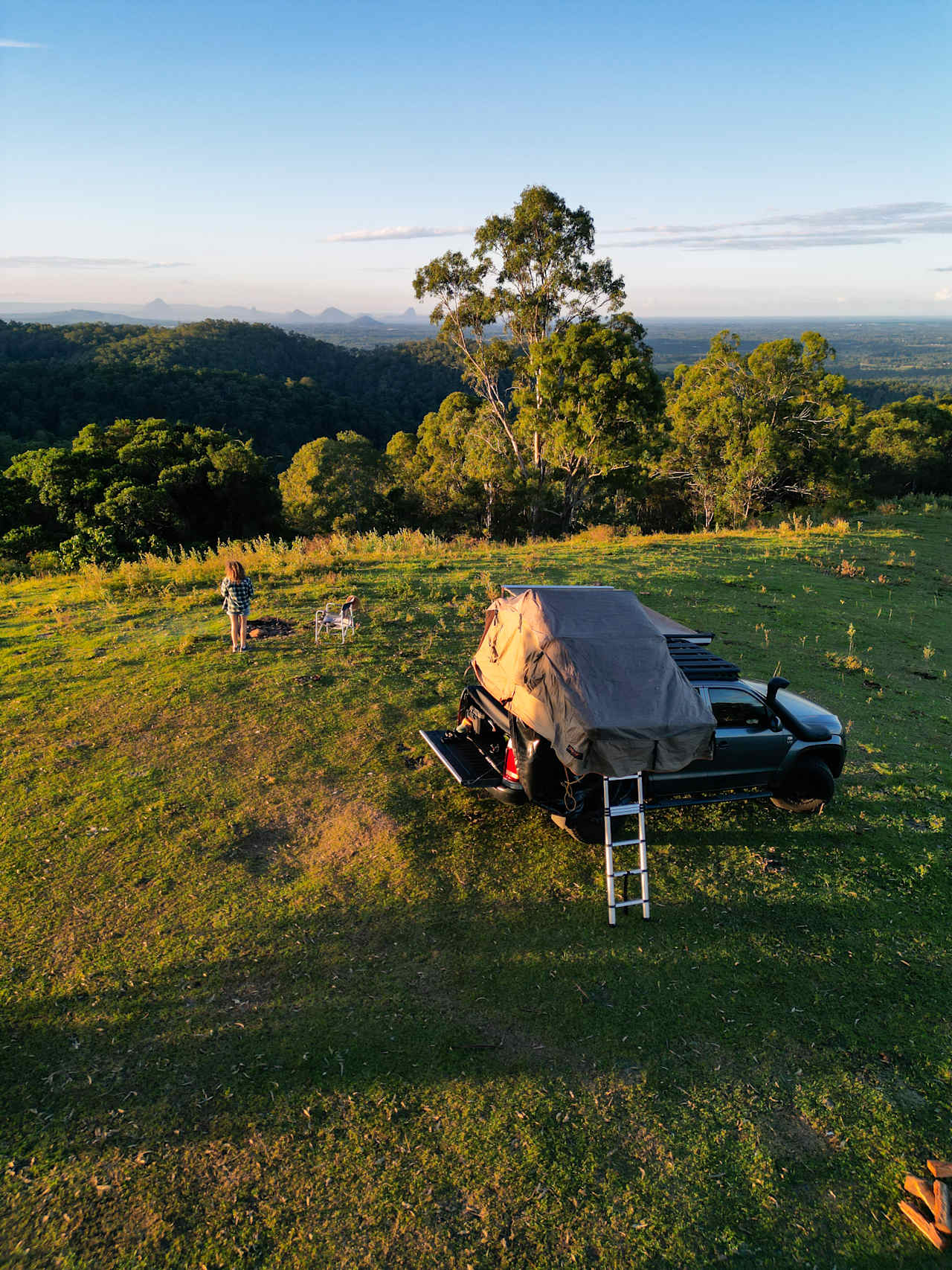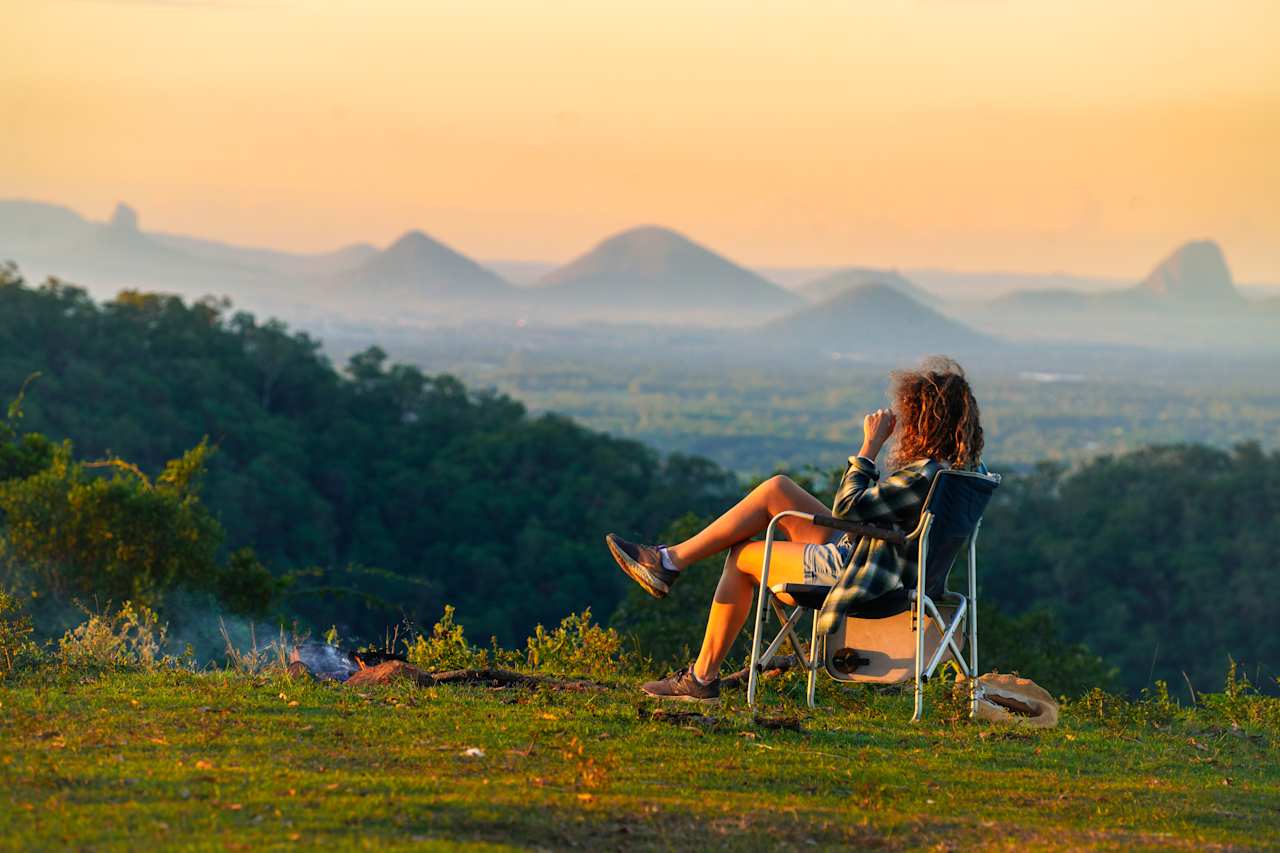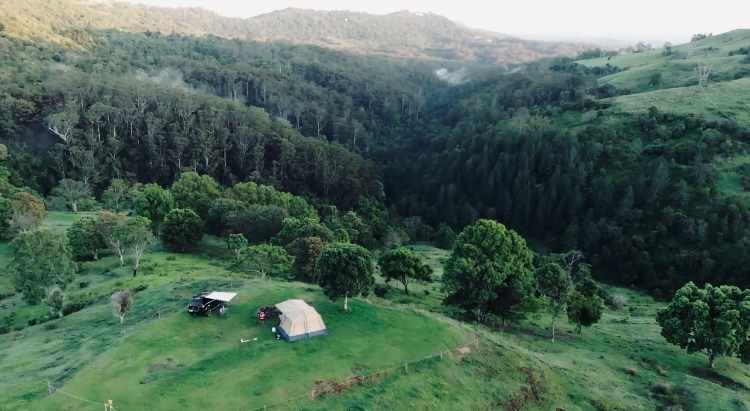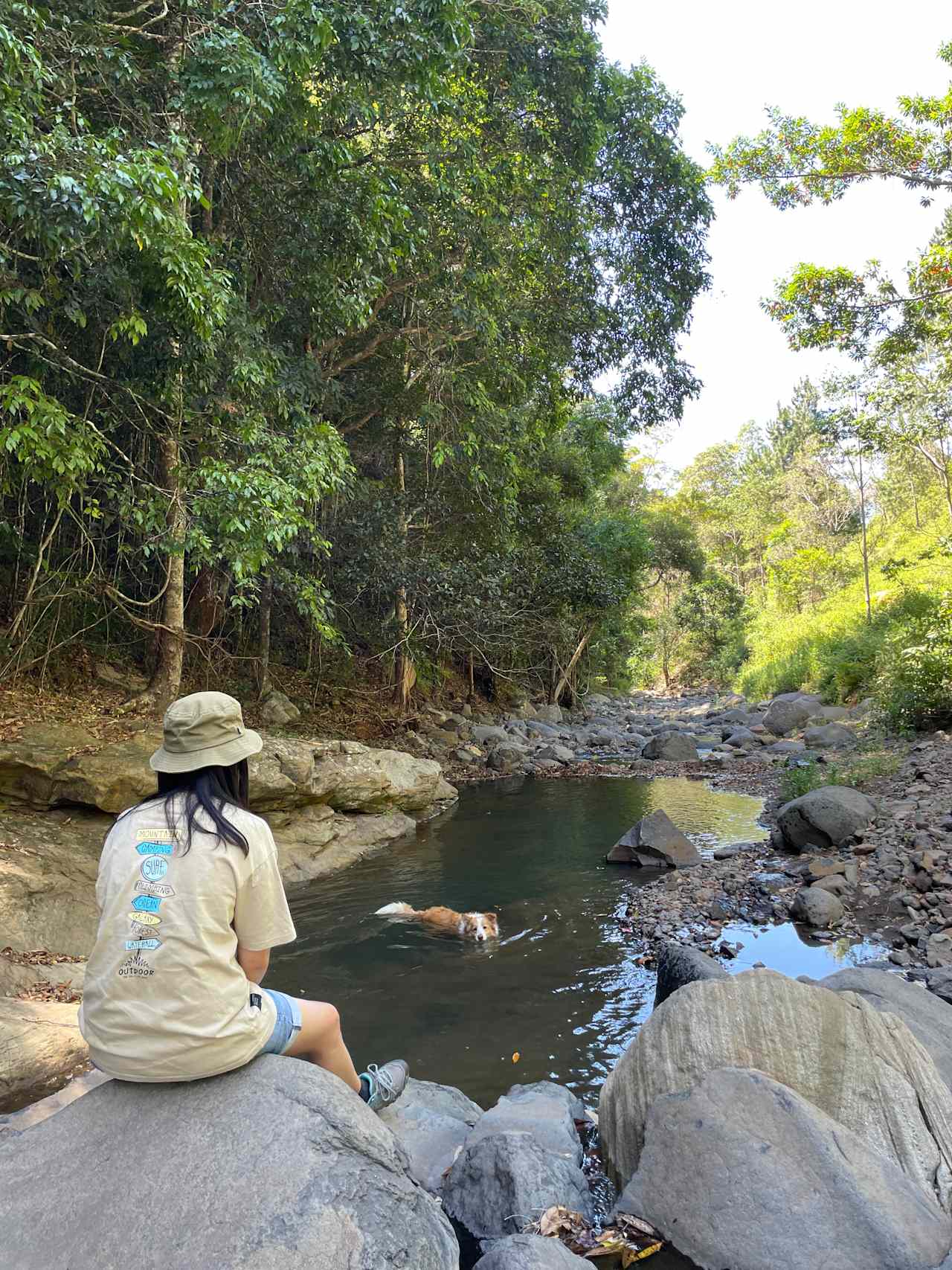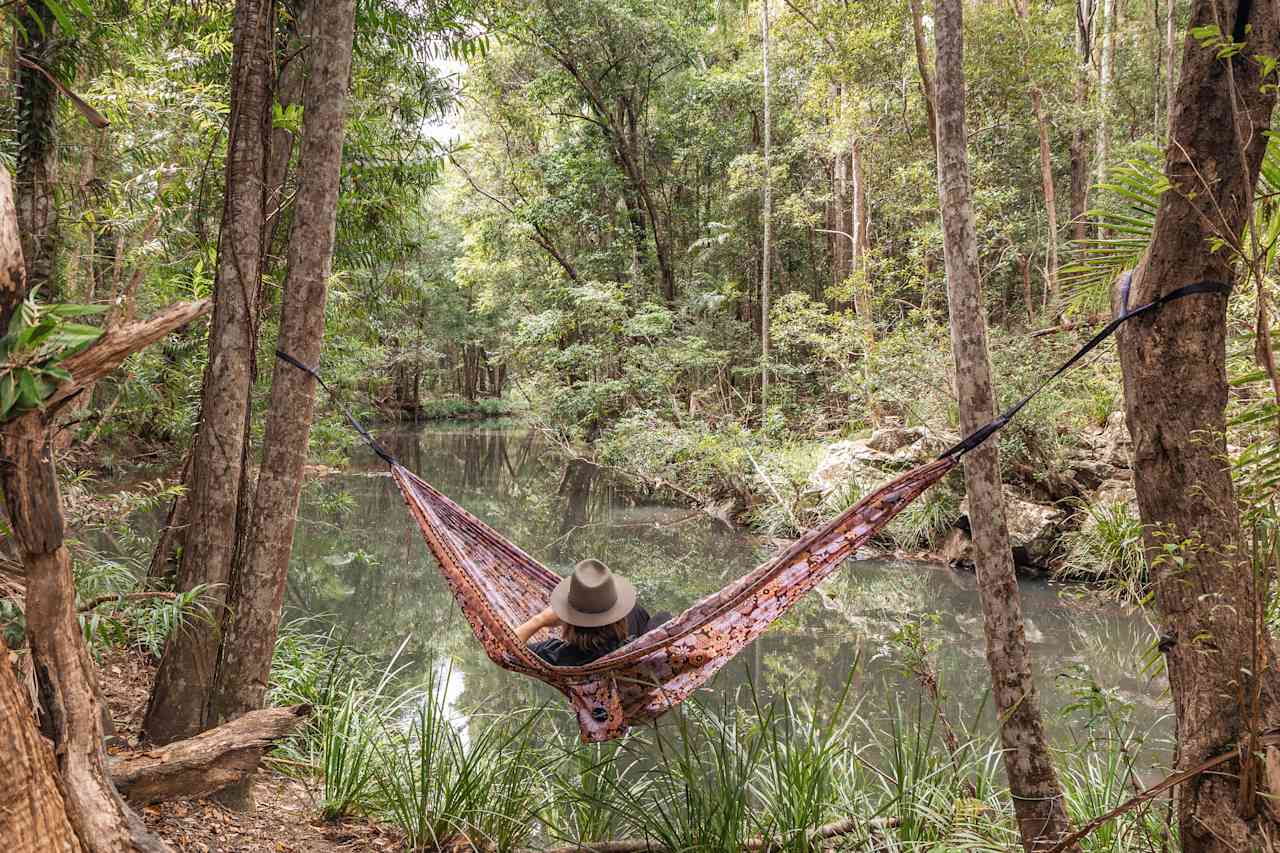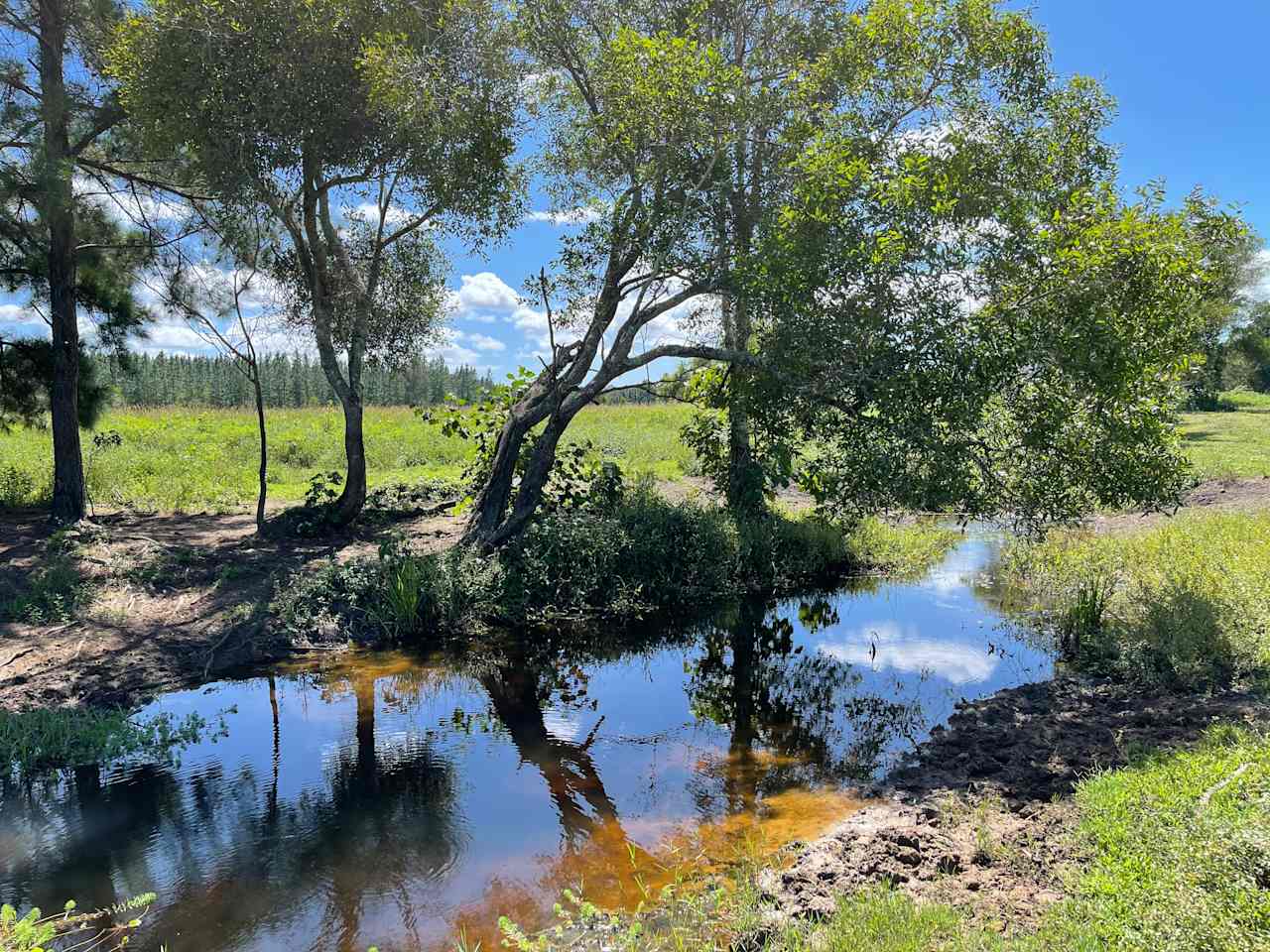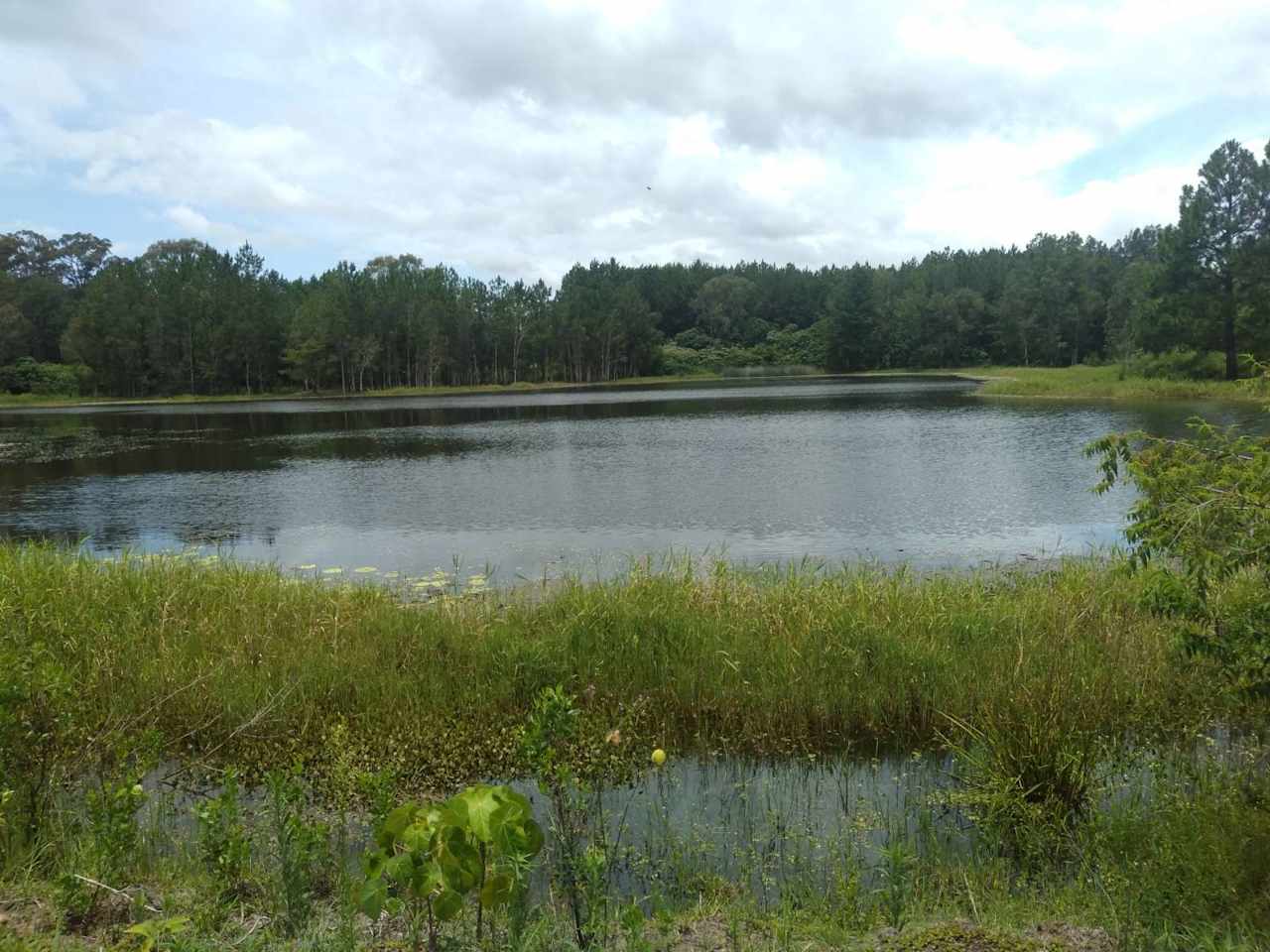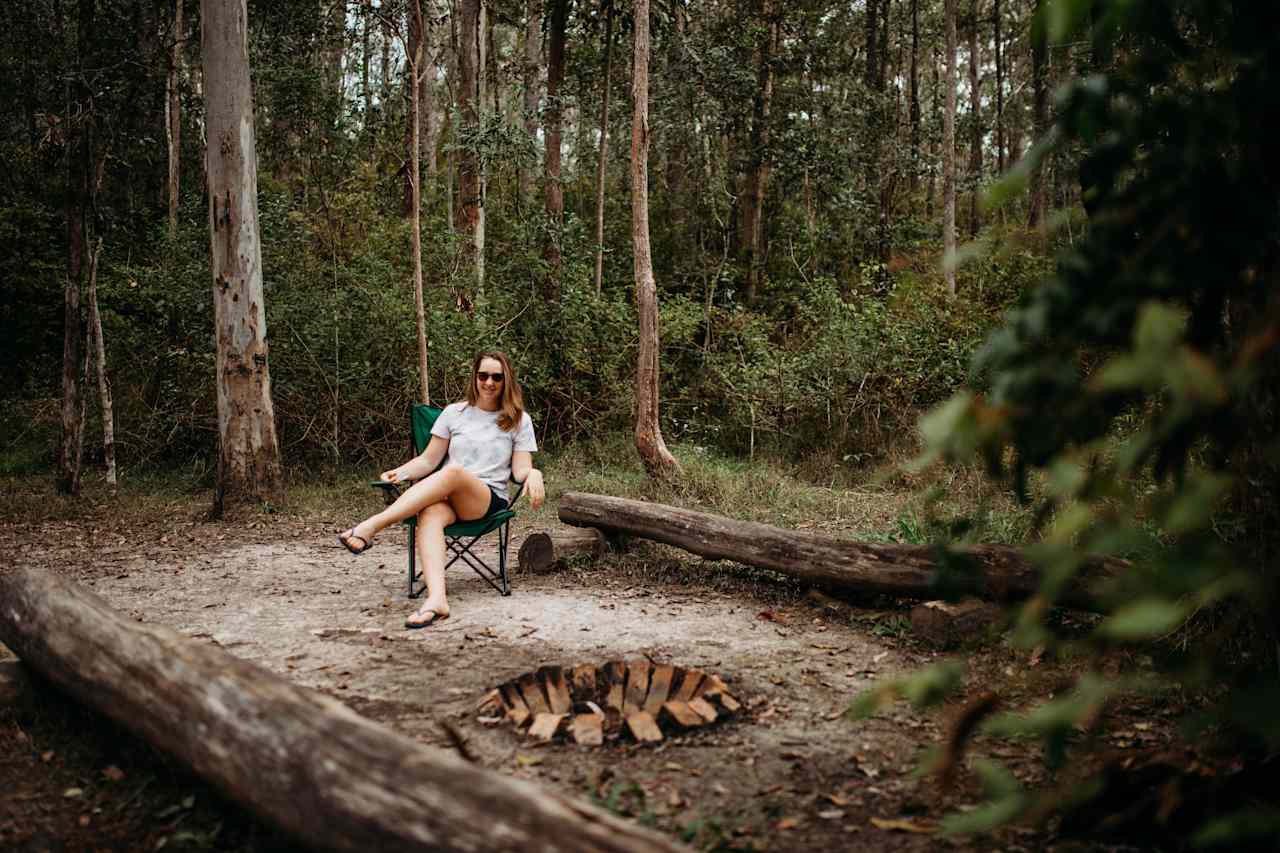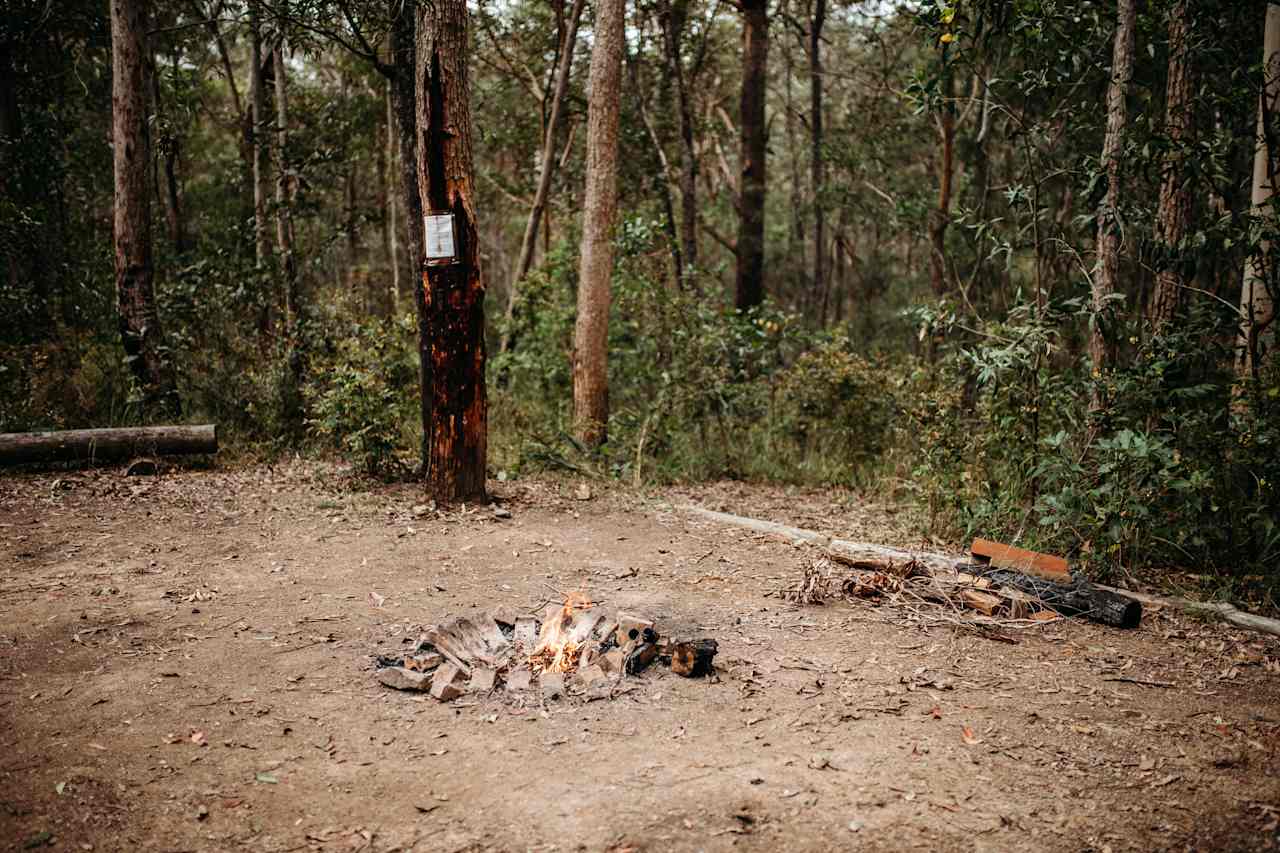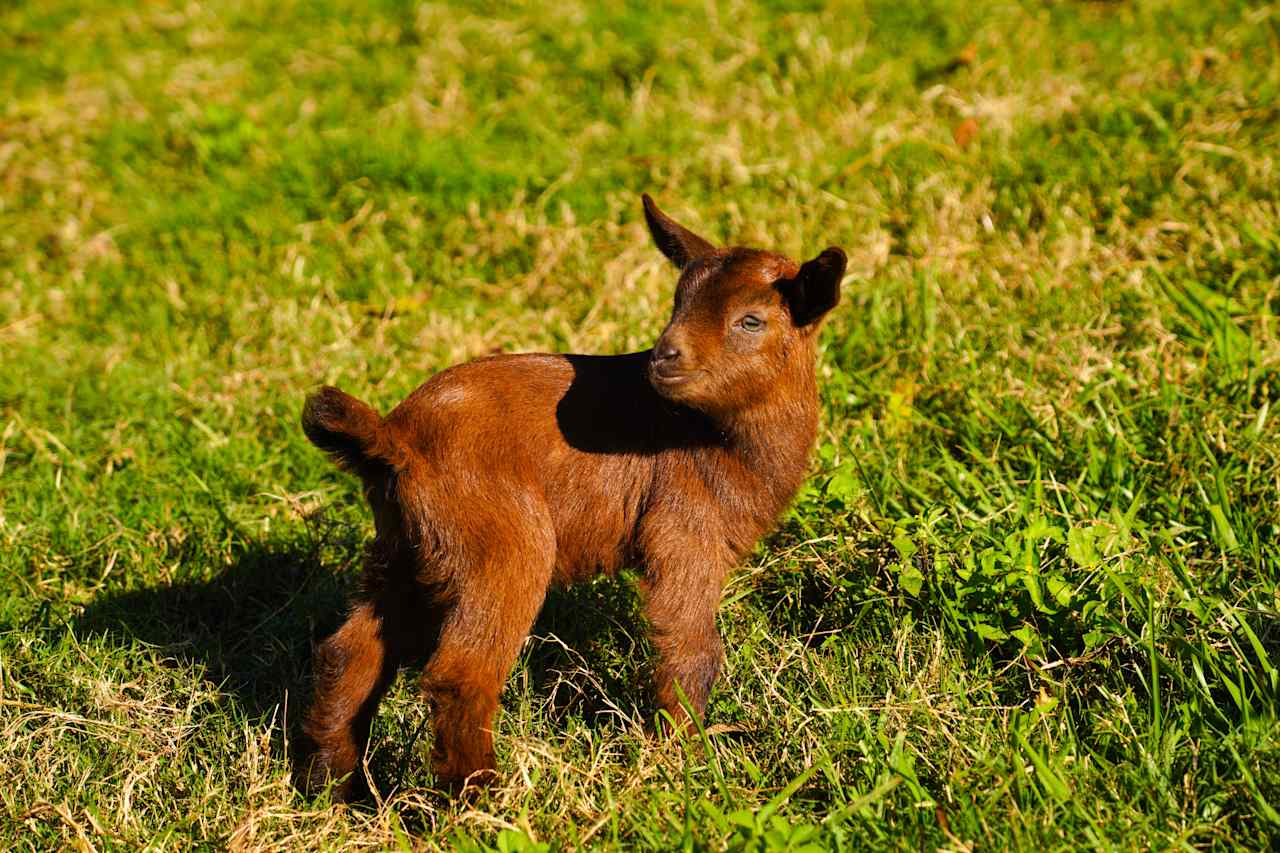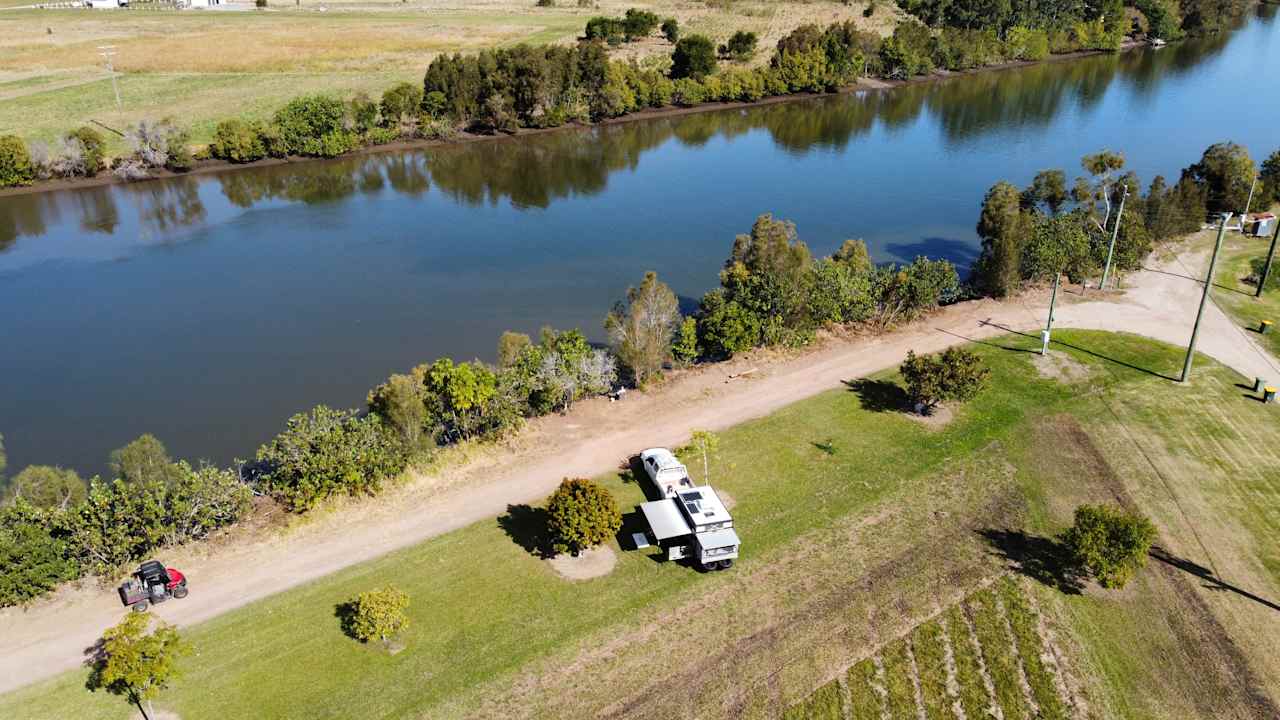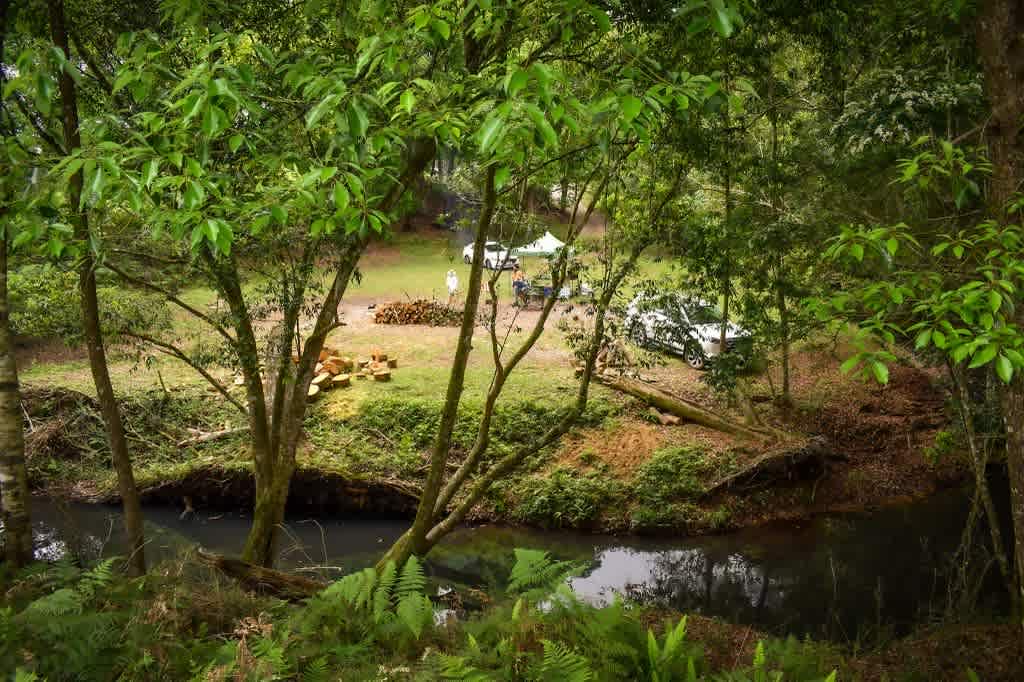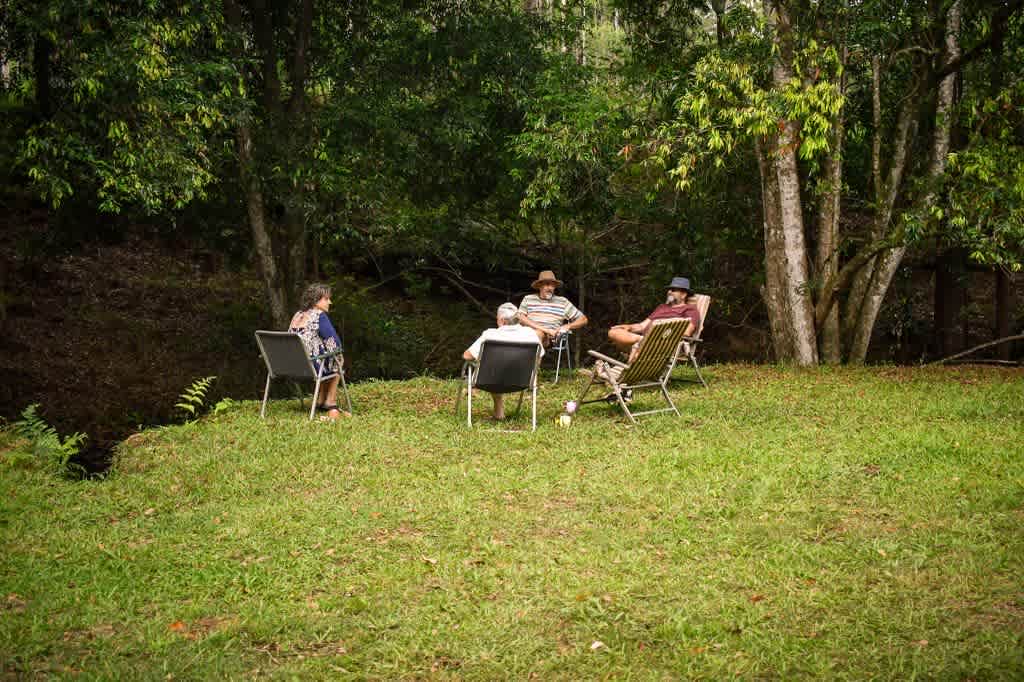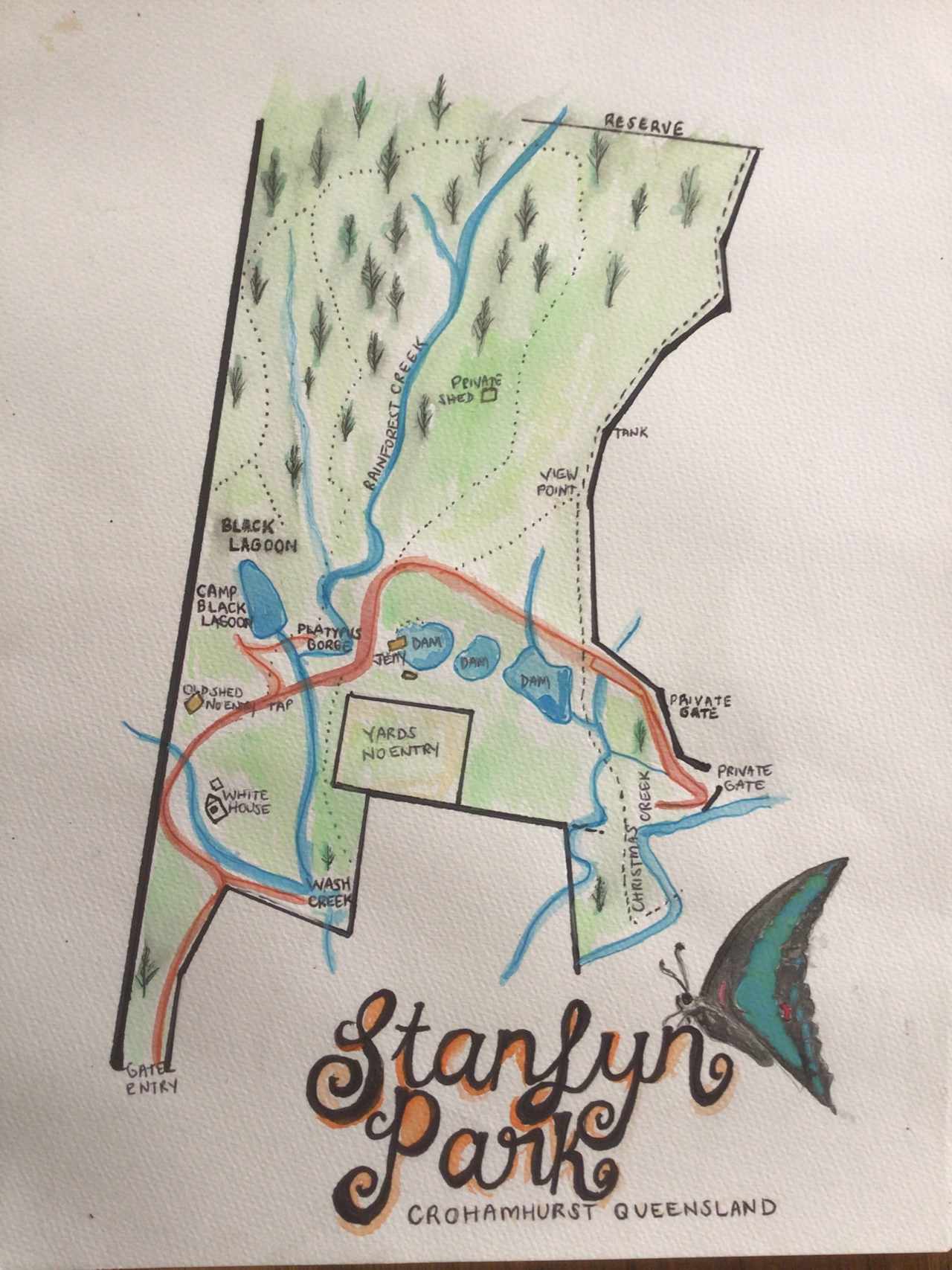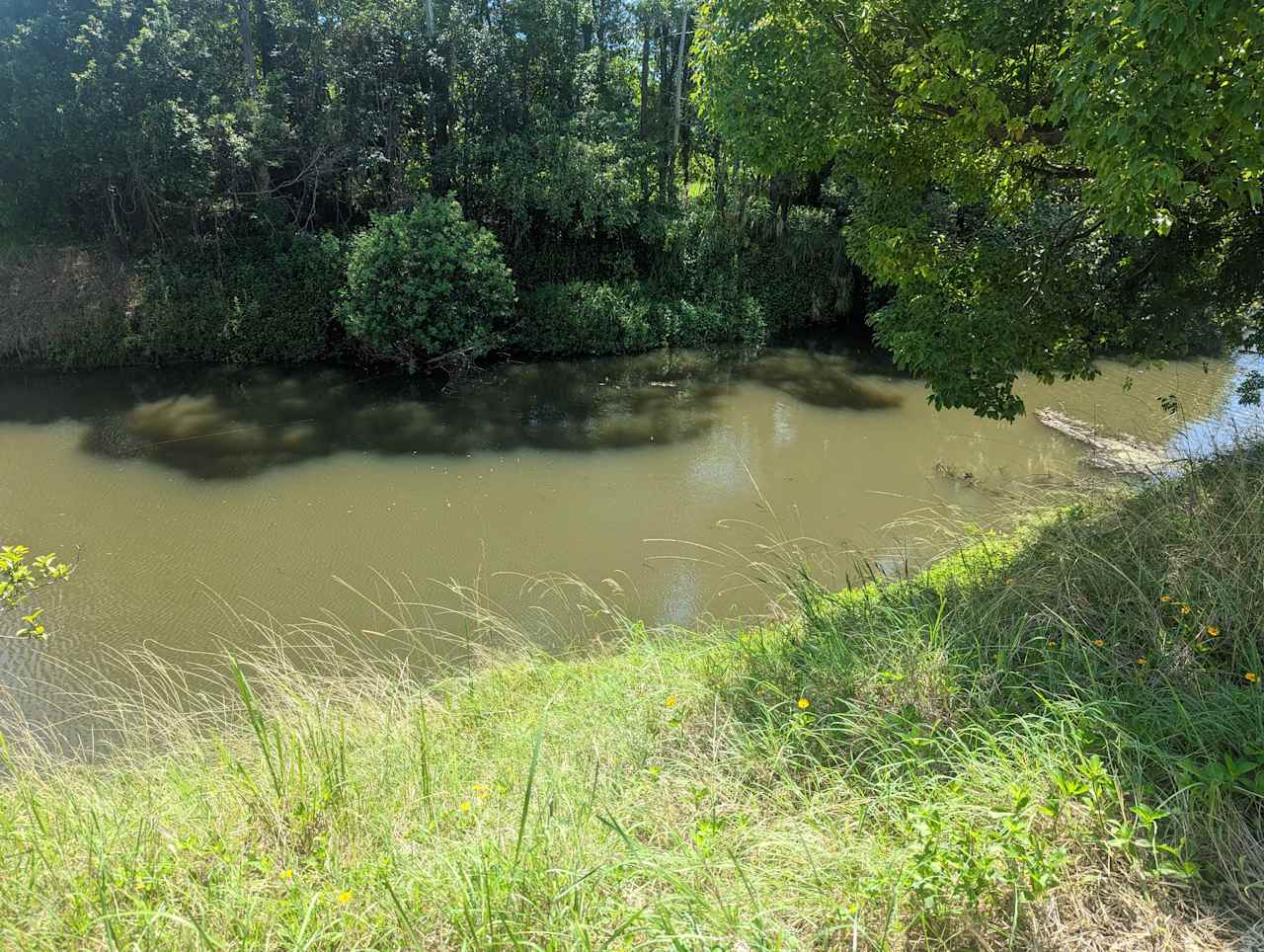The best camping near Moreton Island National Park
Discover the most magical spots to pitch your tent or park your rig on your next Moreton Island National Park adventure.
Popular ways to camp
Community favorites near Moreton Island National Park
Top-rated campgrounds reviewed by the Hipcamp community.
Top-rated campgrounds near Moreton Island National Park
The best camping near Moreton Island National Park guide
Overview
About
Tall sand dunes, miles of sandy beaches, crystal clear creeks and lagoons, coastal heath, rocky headlands and abundant wildflowers make Mulgumpin (Moreton Island) a jewel in Moreton Bay.
Known by its First Nations name of Mulgumpin, this large sand island sits in Moreton Bay, just 40 kilometres by ferry or barge from Brisbane. Campers heading for the island’s five camping areas or five beach camping zones in the sand dunes need to be self-sufficient and have a 4WD vehicle or be prepared to hike. The island has three small townships and a large resort at Tangalooma, meaning facilities are very limited, although Bulwer township has a grocery store, bait shop, and café. Snorkel above the 12 shipwrecks off the island or hike to the lighthouse at Cape Moreton to dip into history.
Moreton Island National Park Glamping
White-sand beaches, wildflower-blanketed headlands, and endless ocean views await on Moreton Island, just a 75-minute ferry ride from Brisbane. With more than 95% of the island protected within Moreton Island National Park, this Brissie getaway is brimming with outdoor adventures. Go snorkelling around the Tangalooma Wrecks, bathe in a pristine blue lagoon, or swim in a natural bay amid pods of wild dolphins, then try your hand at sand tobogganing, sea kayaking, or quad biking. When it comes to overnighting, glamping offers a middle ground between the luxury seaside resorts and rustic beachside campsites. Check into a glamping cabin or glamping tent and enjoy the back-to-nature experience of camping without giving up your home comforts. Most glampsites include a comfy bed, ensuite bathroom, and a kitchenette, along with solar-powered lighting and access to power points to charge your devices and wifi.
Notable campgrounds
- Best for families: Ben-ewa campground is just off a sheltered bay.
- Best for trailer camping: North Point has a dedicated trailer site.
- Best for walk-in campers: The Wrecks campground is walking distance to the ferry.
Tips for snagging a campsite
- Permits to drive or camp must be obtained from Mulgumpin Camping.
- Try to book at least three months in advance, especially for Australian school holidays.
When to go
Moreton Island has a mild, subtropical climate, with average daily temperatures from 22–30°C in summer (December to February) and 12–22°C in winter (June to August). The busiest times are school holidays, especially over Christmas and New Year's, although this can be a hot, humid time to visit. June to October is best to see migrating humpback whales as they pass through Moreton Bay.
Know before you go
- Bring water and containers—always treat or boil water before drinking.
- A wifi hotspot is available at The Wrecks camping area.
- No areas of Moreton Island National Park are wheelchair accessible.
- Mosquitoes and sandflies can be fierce, so insect repellent is essential. Always wash it off before swimming in creeks or lakes as it is highly toxic to fish.
Top cities near Moreton Island National Park
- Moreton Island National Park
